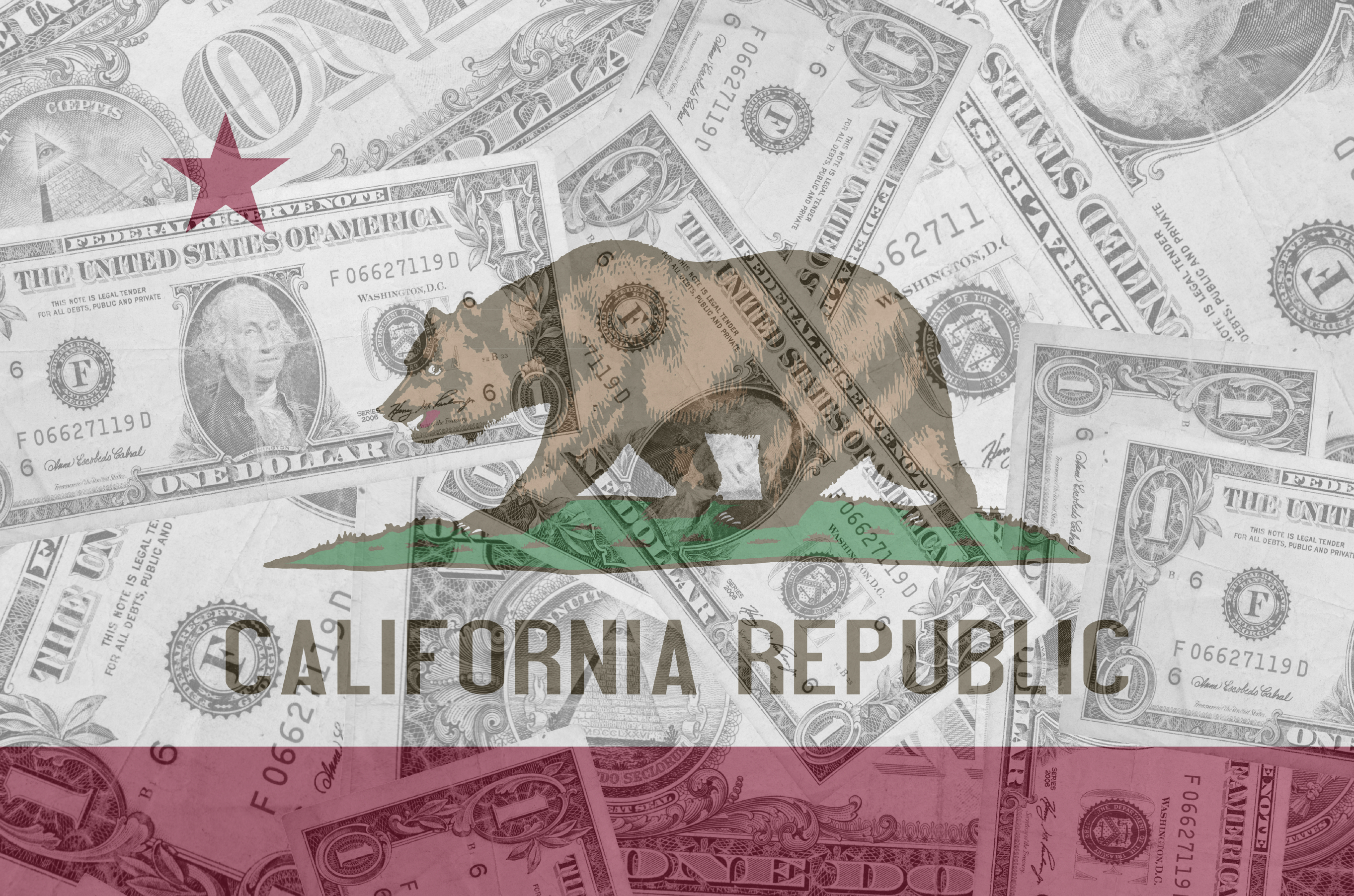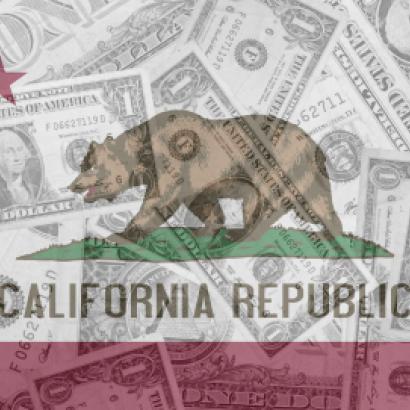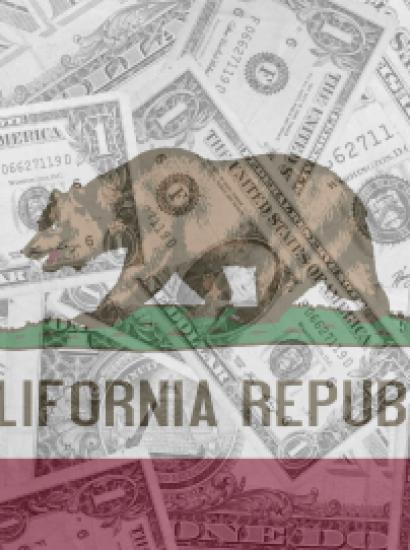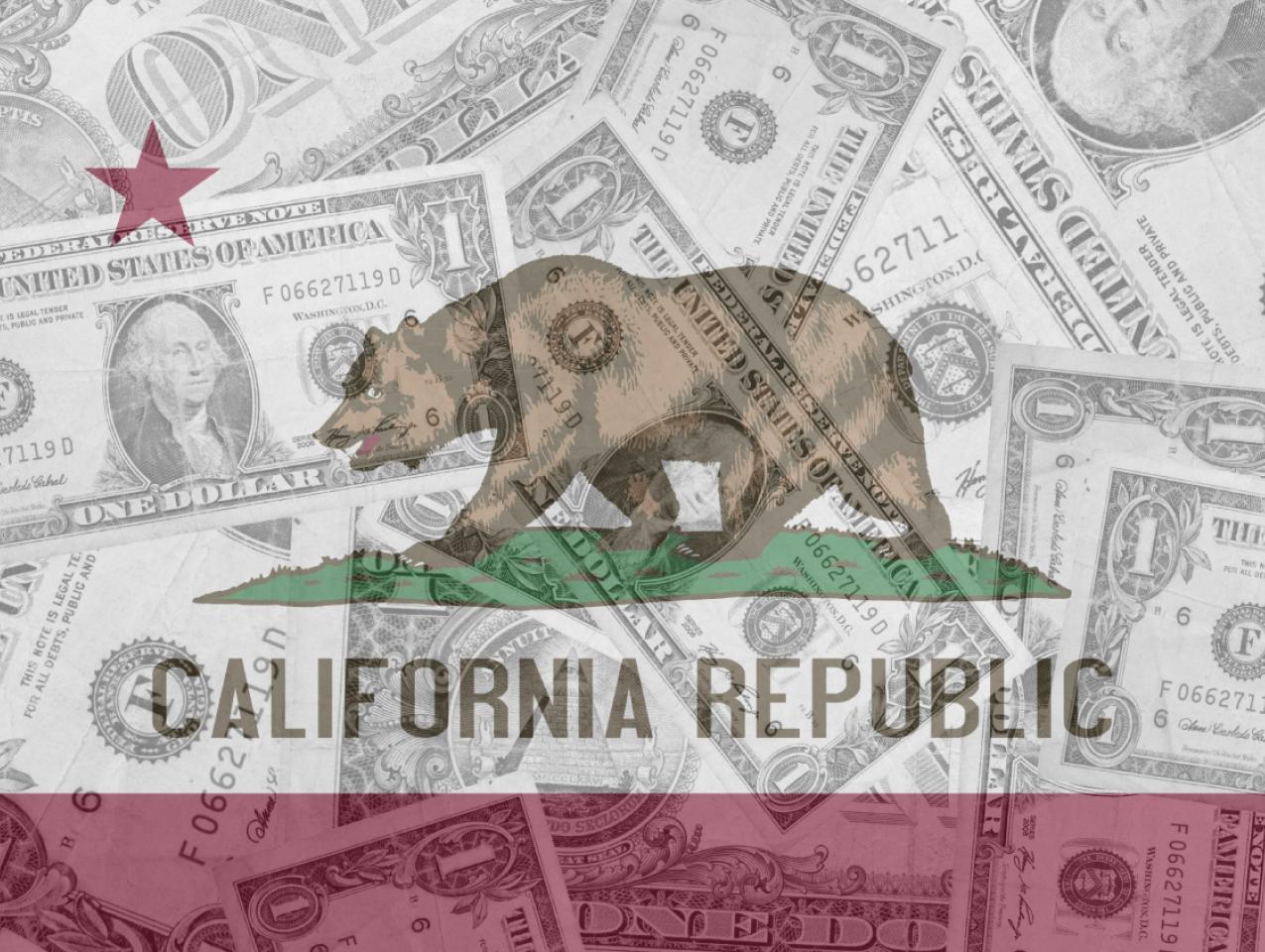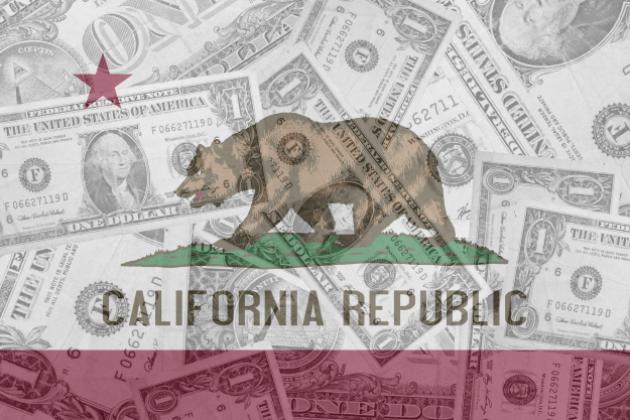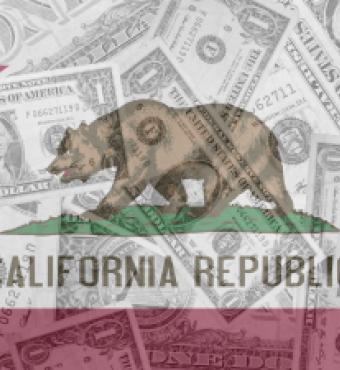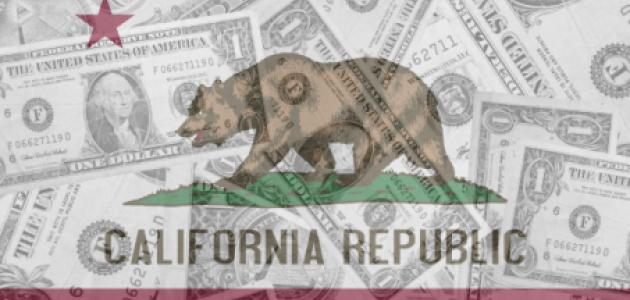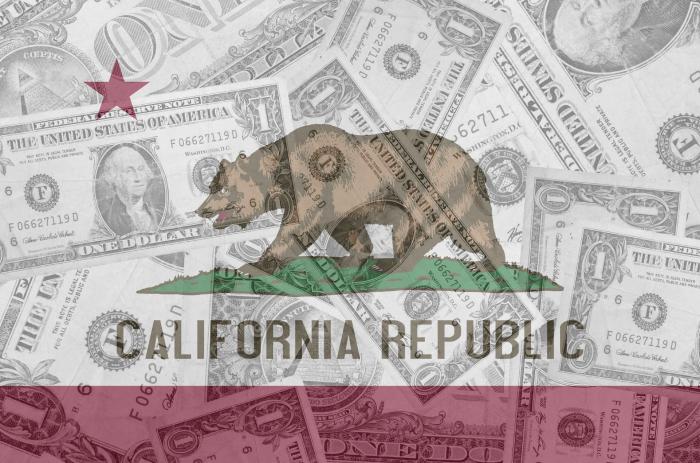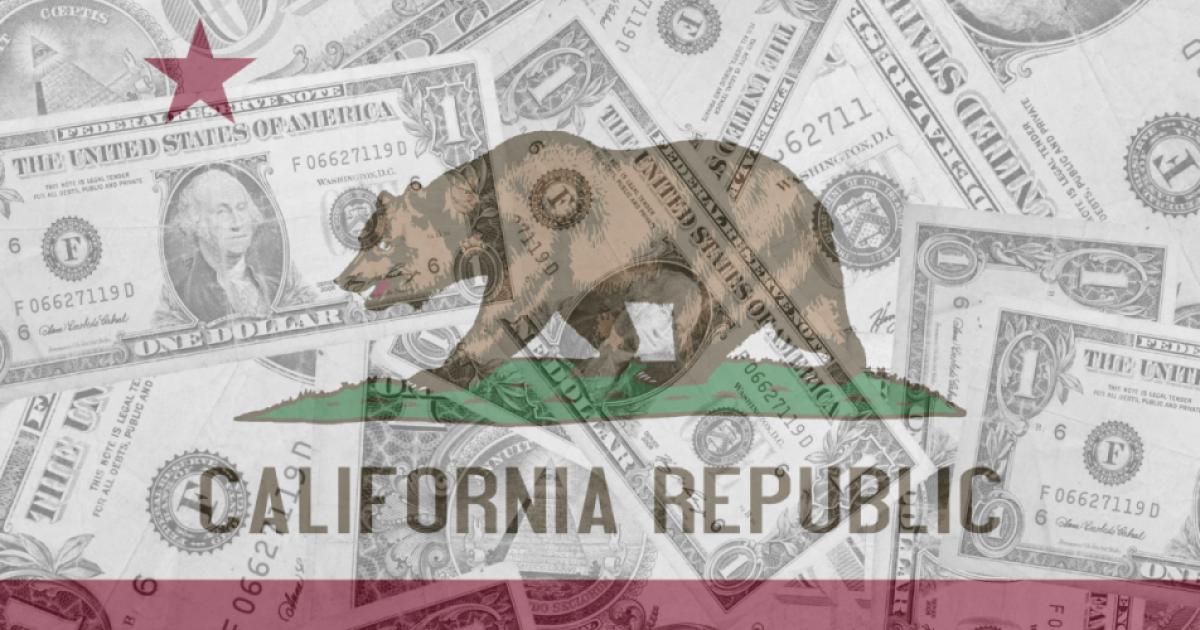- Economics
- Monetary Policy
- Law & Policy
- Regulation & Property Rights
- Politics, Institutions, and Public Opinion
- State & Local
- California
Since the midterm elections, California political discussions have been focused on the implosion of the California Republican party and the increased dominance of the Democratic party. Despite these trends, there are several reasons why I expect to see enormous pressure on the California Democratic party to significantly change their future economic priorities and policies. And this may happen sooner rather than later, just as there was a strong and unexpected national reaction against the Democratic party in 2010 and in 2016.
One important reason is that Governor-elect Gavin Newsom’s campaign promises are incredibly expensive, and they come at a time when the state budget is already increasingly strained and economic policy outcomes are simply unacceptable for many voters, including those who have traditionally voted for Democratic candidates.
California already has the country’s fourth highest state income tax burden and the tenth highest overall tax burden. But despite a relatively high level of state and local government spending, California ranks very poorly among several key economic outcomes. California schools are ranked forty-fifth in the country. California housing affordability is forty-ninth, as only 26 percent of households can afford the median-priced home. California has the worse homelessness problem in the country. Electricity is expensive and unreliable. Water supplies are in critical shortage, with routine water rationing during droughts. Pensions are taking a large and increasing share of state and local budgets. California’s infrastructure is failing. California’s 14 million Medicaid patients would constitute the country’s fifth largest state. The “California Dream” is far out of reach for most Californians.
As I and other economists have argued recently poorly-designed economic policies are largely responsible for these economic outcomes, and Governor-elect Gavin Newsom’s policy agenda doubles down on these policies. Combining Newsom’s policy agenda—the most liberal and expensive in the history of the state—together with a budget that is going to be increasingly strained, and you have the necessary ingredients for another California crisis.
The California budget is a time bomb waiting to go off. Health care spending and pensions alone take up 53 percent of the budget. Add in interest on state government debt, and it rises to 57 percent. If you want to know why your local DMV looks like it hasn’t been upgraded in the last twenty years (it probably hasn’t, by the way); why California roads are among the worst in the country; and why dams, bridges, schools, and other infrastructure are crumbling, you now have your answer. The budget is overwhelmed by two budget categories that historically were much smaller. During the heyday of California’s public infrastructure spree in the 1960s, health care and pensions accounted for only about 13 percent, compared to 53 percent today.
The budget shares for health care and pensions are unsustainable, and they will become even larger under Newsom’s campaign proposals. Newsom advocates universal health care, which means single-payer. Implementing a single-payer system in California will require a health care budget that is twice the size of the current entire state budget.
In sharp contrast to his predecessor Jerry Brown, Newsom does not support significant pension reform. Brown implemented some reasonable pension reforms in 2013, primarily for new state government hires.
Brown is the first democrat to try to break what is known as the California Rule, which refers to the inability of the state to fundamentally change any aspect of an existing pension. Brown’s 2013 reform eliminated “pension spiking,” which is when an employee artificially inflates their salary in order to boost pensions. Brown’s elimination of pension spiking, however, has been challenged and is currently being considered by the State Supreme Court.
If the Court upholds the elimination of spiking, then breaking the “California Rule” is suddenly a possibility. Newsom, however, is a strong supporter of the California Rule, despite the fact that both unfunded state and local pension obligations are enormous. Newsom vows to preserve the California Rule, even if the Court upholds Brown’s reforms. Newsom has not offered any alternative to addressing pensions.
The state budget is on a grossly unsustainable path, and the Governor-elect has made big and expensive promises to his most important political supporters. He will need to implement at least some of these promises, which will place even more strain on the budget and will drive taxes even higher—and not just higher taxes at the top end.
The top one percent of earners pay nearly half of the state’s income taxes; but this revenue source is incredibly volatile, and it is unrealistic to expect that much more revenue can be squeezed from this group. This means that taxes will ultimately rise on middle and low-income earners. At the same time, I don’t expect that Newsom’s proposals will significantly improve California schools, rebuild California’s crumbling infrastructure, or move the needle on California housing prices.
This is why there ultimately will be a backlash against the California Democratic party unless they significantly change their economic policies. And if you think that California is simply “too blue” now for this to happen, recall the very rapid backlash against then-Governor Gray Davis over the state’s electricity crisis. The difference is that the potential economic problems that may occur in the coming years are much bigger than what took down Davis.







